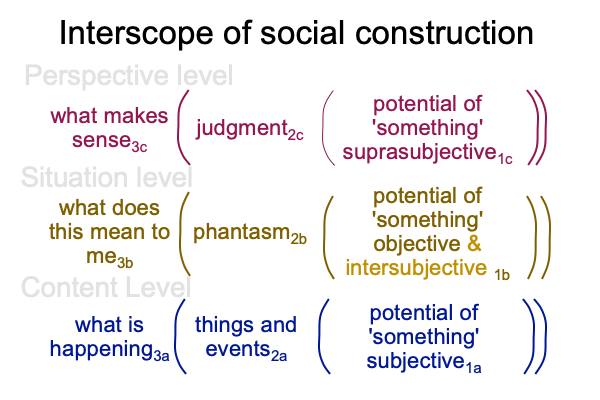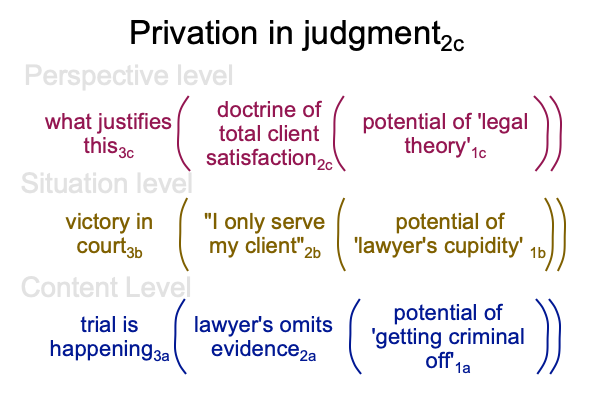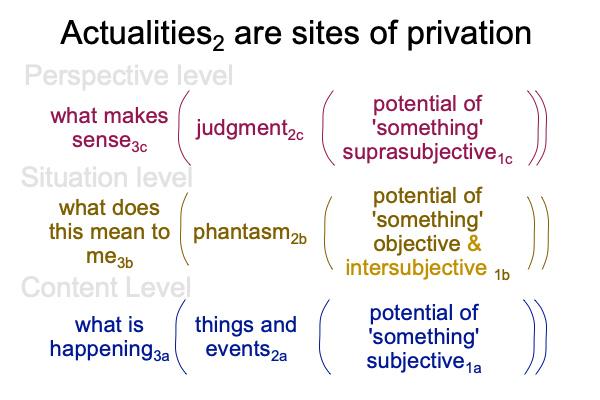Looking at Kirk Kanzelberger’s Essay (2020) “Reality and the Meaning of Evil” (Part 11 of 18)
0047 Our capacities for phantasms2b are adaptations to the Lebenswelt that we evolved in.
Each team talks in icons and indexes that are so distinct that they function as symbols in a symbolic order (a finite system of differences). This is parole2a. Langue consists of the sign-objects of word-gestures that picture or point to their referents2b.
Our genus innately assumes that gesture-words2a image and indicate things and states of things2a. Our human ancestors continue to think this, even when a new way of talking, speech2a, gets added to hand talk2a. In the beginning, Homo sapiens practices hand-speech talk. They do so for around two-hundred thousand years. Then, something radical happens.
0047 Humans drop the hand-component of hand-speech talk. This is no accident. There is an archaeology to the Fall. Humans adopt speech-alone talk. The semiotics of speech-alone talk potentiates civilization.
Speech-alone words do not image or indicate their referents. Speech-alone deprives us of an automatic, intuitive answer to the team-oriented question, “What does this mean to me3b?” The thing that we picture and point to in our gesture-word2a, where is it?
Oh, I know. Let’s build an artifact2a, an idol2a, that will validate our spoken words.
0048 In our current Lebenswelt, we are deprived of the fullness of gesture-words2a.
Evil is privation. So, is speech-alone talk evil? Are our phantasms evil? Are our judgments evil?
They all suffer privation of the fullness of what they evolved to be.



